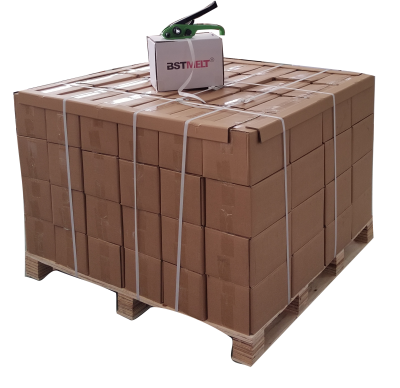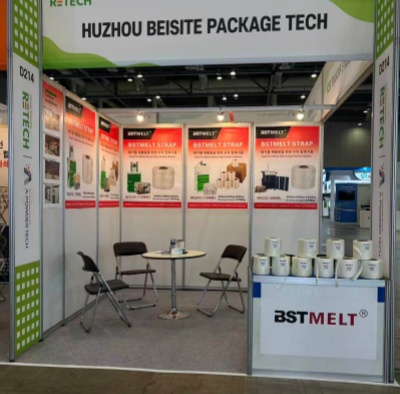General News
16mm Baling Tape: Strengthening the Bonds of Recycling
In the realm of waste management and recycling, the role of baling tape is often overlooked, yet it plays a crucial part in the process of consolidating and stabilizing large volumes of recyclable materials. The 16mm baling tape, in particular, has become a staple in the industry due to its versatility and durability. This article explores the significance of 16mm baling tape, its evolution, and how it contributes to the efficiency and effectiveness of recycling operations.
The Importance of Baling Tape
Baling tape is a heavy-duty adhesive tape designed to bind together large bales of recyclable materials such as paper, cardboard, and plastic. The 16mm width is a standard size that provides a balance between strength and flexibility, making it suitable for a wide range of baling applications. This tape is essential for:
1.Stability: It ensures that the bales remain intact during transportation and storage, preventing the loss of materials and reducing the risk of accidents.
2.Efficiency: By keeping materials compact, baling tape allows for more efficient use of space, reducing transportation costs and the carbon footprint associated with moving large quantities of waste.
3.Convenience: The ease of use and quick application of baling tape streamline the baling process, saving time and labor.
The Evolution of 16mm Baling Tape
The journey of baling tape has seen significant advancements over the years. Early versions were often made from basic adhesive materials that lacked the strength and durability required for heavy-duty applications. However, as recycling practices evolved, so did the tape:
1.Strengthened Adhesion: Modern 16mm baling tapes feature improved adhesive formulations that provide a stronger bond, ensuring that bales remain secure even under heavy loads.
2.Durable Materials: The tape's backing is now made from high-strength materials like polypropylene, which can withstand the rigors of the recycling process without tearing or losing its adhesive properties.
3.Environmental Considerations: There is a growing trend towards using eco-friendly materials in the production of baling tape, including biodegradable and recyclable options, aligning with the broader goals of sustainability in the recycling industry.
Innovations in Baling Tape Application
The application of 16mm baling tape has also seen innovations, particularly with the advent of automated baling machines. These machines apply the tape with precision and consistency, further enhancing the quality of the bales:
1.Automation: Automated baling systems reduce the need for manual labor, improving safety and efficiency. They also ensure that each bale is uniformly taped, which is essential for maintaining the integrity of the bale.
2.Customization: Some baling tape manufacturers now offer customizable tape, with options for different colors, patterns, or even printed logos, which can be used for identification purposes or to promote brand awareness in the recycling sector.
Conclusion
The 16mm baling tape is a testament to the continuous innovation within the recycling industry. Its evolution from a simple adhesive to a high-performance material that supports the recycling process is a reflection of our commitment to efficiency, durability, and environmental responsibility. As the recycling sector continues to grow and adapt to new challenges, the role of baling tape will undoubtedly remain a vital component in the journey towards a more sustainable future.

See More News




